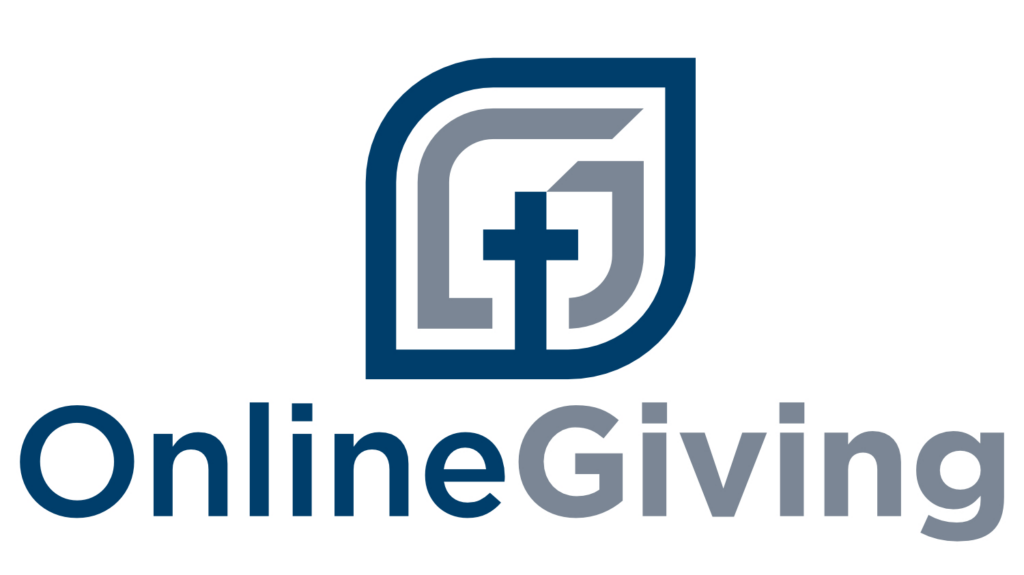I’ve learned to stay in my lane. It became apparent to me early in my ministry that there were certain things that I simply was not gifted in. It wasn’t my lane to be in. At this stage of my ministry, my lane is stewardship. I get up every morning thinking about how to help churches improve giving. I spend hours reading articles and pouring over data on giving trends. At any crisis, from weather to Stock Market plunges to 9/11, I’m the guy always asking, “How will that impact giving?”
For those of you with the gift of mercy, all that seems crass and unspiritual. For those with the gift of administration like me, it makes perfect sense, and it is exercising our spiritual gift. It’s our lane. Someone must think about the kinds of questions we administrators ask. Speaking of lanes, when I think stewardship enhancement I think in terms of lanes. This edition of The Stewardship Coach is entitled The Key Lanes of Stewardship Development. At the first of the year, I typically write on this subject as these lanes are how I not only think about building stewardship platforms, but also how I coach and plan for churches.
Here are the major lanes I think through for churches.
- The Pastoral Lane – Helping senior leadership advance stewardship. See the Bonus Section. When it comes to building an effective stewardship platform, the Senior Pastor is the number one key to success. Why?
- The pastor sets the tone for the entire church. It’s called leadership. Whatever a pastor has a heart for, or an interest in, is what will get the most of their time. If you do not have a leader, you will not raise funds. Plain and simple.
- Dollars follow vision, and God gives the pastor the vision for the church. Successful stewardship churches are those where the pastor has received the vision and communicated it down the line through leadership to the rest of the church. The bottom line is that,
- The more engaged the Senior Pastor is in the stewardship process, the greater the chance of that church raising the funds they need.
- The Platform Lane – What do those in attendance hear and see from your platform that will enhance or detract from their desire to give their money to you? While the platform I am focused on is physical, its reach, digitally, is vast. That digital projection works best live or recorded live from the platform of your worship space. There are three primary platform areas I focus on. First, use your screens for showing the positive results of giving and the many ways by which members can give. Second, dedicate as much time for focusing on worship through giving as you give to making announcements. Finally, regularly schedule preaching on stewardship from the pulpit. The next few issues will be about preaching on stewardship!
- The Campus Lane – From the moment people walk into your door, they should be positively impacted and motivated to want to give to your church. The strategy revolves around setting the stage for generosity to happen. Banners, posters, giving kiosks, even offering envelopes all play an important role. I encourage subtle reminders throughout the campus, educating about giving and multiple outlets on campus by which people can give.
- The Direct Appeal Lane – This combines snail mail, email, and text messaging strategies. In the previous issues of the Coach, I shared the importance of us thinking about the offering beyond the walls of the physical church building. Like the Roman Roads helped spread the Gospel in the first-century world, the digital world we live in gives us instant contact ability with our donors. An appeal well crafted can and will help increase giving as does showing gratitude. Speaking of gratitude, a subset of the direct appeal lane is what I call the Gratitude Lane. I am always trying to build for the next gift. I want people to give once, then again, and again until they get the joy of generosity. Saying thank you builds toward the next gift. Make it a lane you regularly run in.
- The Digital Lane – From your website to online giving to social media, we now live in a digital age. Realtors talk about curb appeal. A house must look inviting from the curb to get me interested in going inside. Your digital presence is the 21st-century curb appeal that you are judged by. People won’t drive to your physical church plant if you ignore your digital curbside look. Covid forced every church to embrace the digital or go out of business. Are you paying attention to your digital lane?
- The Legacy Lane – You must build a strategy for top-tier donors and others who have a heart for generosity. We are in the midst of the greatest transfer of wealth in the history of the world. While we are working to bring up the Next Generation of donors, we must focus on our current key donors, helping them use God’s blessing in their lives for Kingdom purposes. Therefore, I believe that every church needs a Legacy Lane strategy. Here is my definition of a Legacy Team – A group of people who either have the gift of generosity or they are looking for creative ways to use the blessings God has given them to be a blessing to others.
Each of these lanes has multiple lanes or avenues of approach. What works in one setting will not work in another. Yet, these lanes form the basis for the structure needed to move your church to be fully funded.
“This doesn’t sound very spiritual.” Years ago, I was training a group of lay leaders on how to design key elements for the capital campaign they were embarking upon. Using my administrator hat, in fifteen minutes I laid out an organizational plan of how we could engage the entire congregation in prayer for the campaign. I got to the end of my presentation and asked, “Are there any questions?” A lady at the table raised her hand and said, “I don’t have a question, but I do have an observation, this doesn’t sound very spiritual.” I find that view with many pastors I attempt to talk to about giving.
If giving isn’t spiritual, why did Jesus talk so much about money and finances? Let me address the spirituality question with a few questions. Is the mission of your church important? Do you believe in that mission or is this simply a job for you? It’s eternally important and you wouldn’t be reading this if you didn’t deeply believe in your calling. How about this for an attitude statement?
My mission, to impact my world for Jesus, is given to me by God. We are changing the world one life at a time. Since all this is true, why would a Christian not want to give money to support that mission?
This is the kind of attitude needed for building a stewardship platform to put your church on the path to financial security. Here is what motivates me: I believe in the mission God gave the local church and that it deserves to be fully funded!
I get up every morning thinking about how to increase giving and asking, “how will that impact giving?” That’s my lane and my God-given, Holy Spirit anointed call to ministry. I am your Stewardship Coach!

Mark Brooks – The Stewardship Coach
mark@acts17generosity.com


